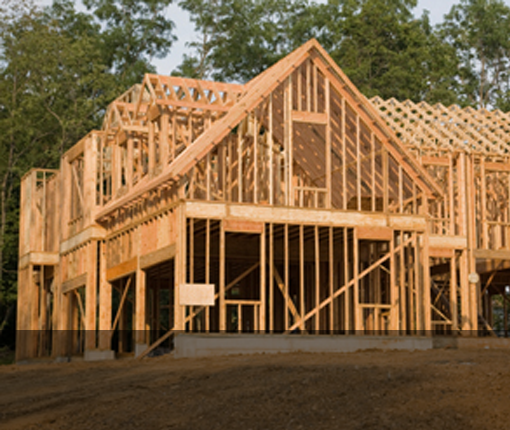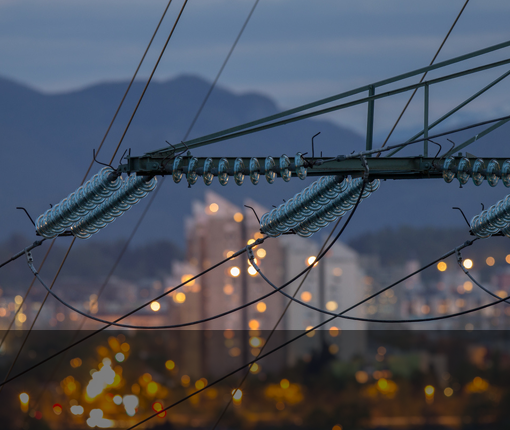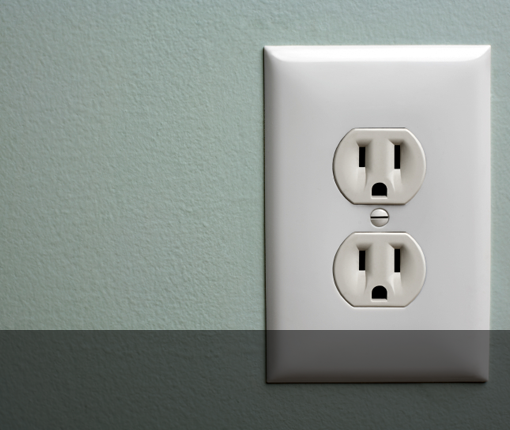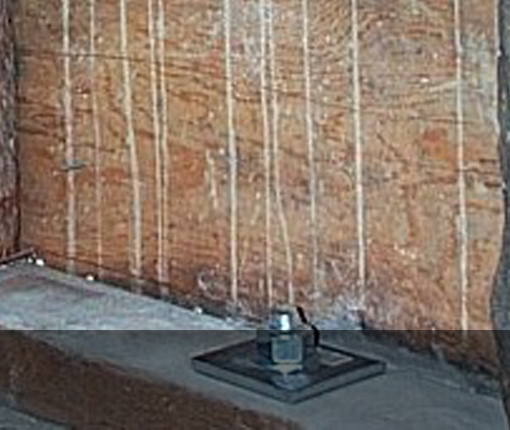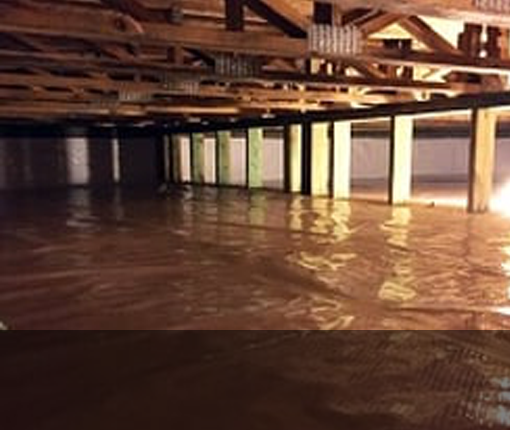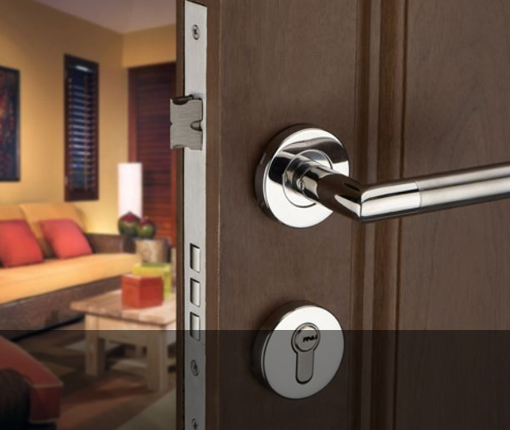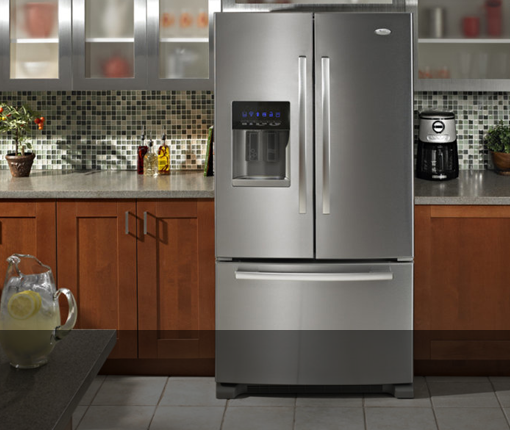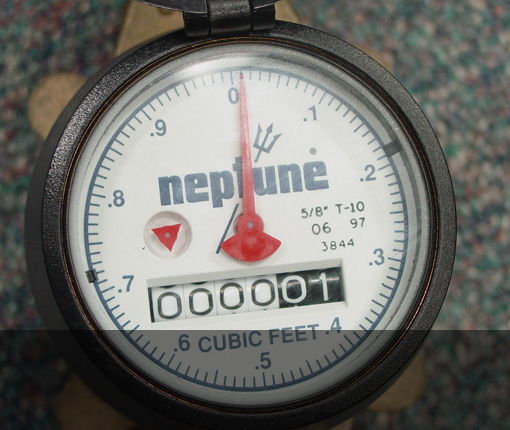Landscape Lighting
Using landscape lighting to highlight beautiful hardscape and plant specimens is an exciting improvement to your home. A well-designed lighting system can transform an average yard into a sexy masterpiece at night. Good lighting also makes sense for safety and security purposes. Security lighting is especially useful along walks, patios and side yards.

Lighting up the outdoors
Whether danger came from animals or intruders, light meant life to early man. As a result, humans have long sought out ways to bring light to the night.
Campfires helped keep our ancestor families safer, and certainly warmer. Groups could then expand their illuminated safe zones with multiple campfires around the village. Portable light sources like torches or lanterns people could move around safely. This proved a bit more freedom and mobility.
Lighting up the streets served the same purpose for city life. First there were torches, then flickering gas street lamps that were in turn eventually replaced by electricity and light bulbs.
The idea of landscape lighting really began with street lights and the illumination of a few statues in parks. Early lighting systems were clunky adaptations of indoor lights and only available in 110v (high voltage) formats. These high voltage systems were expensive, and technically challenging to install and operate safely. Because of this, landscape lighting was for decades primarily costly features of institutions, cities, parks and a few very large estates.
LV systems changed everything
The availability of low voltage landscape lighting has changed everything for the average homeowners and as a result modern systems are affordable, safe and easy to instal. Low voltage LED packages, make it possible for every homeowner to have excellent lighting for their yard. All they need is a good plan and this guide.
A low-voltage lighting package includes: 1) a 110v electrical source, 2) a low-voltage transformer with timer, 3) outdoor wiring, and 4) various outdoor fixtures.
Landscape fixtures come in two basic varieties, uplighting and path lighting. These two main types can be had in a zillion sub-varieties of materials, colors and sizes. A well designed system can be switched manually, or programmed with a timer, motion sensor, or a photo cell.
For a great selection on the best quality lighting fixtures of all types and at the best prices I buy all mine from here:
LAMPS PLUS – Nation’s Largest Lighting Retailer
Summary
Garden and landscape lighting creates a safer and more beautiful outdoor setting. You should consider it for your home. See more: Landscape lighting blunders to avoid.
To-Do
- Illuminate beautiful specimen trees and plants.
- If you have steps around your entry sidewalks, add path lighting to make them safer.
- Newer landscape lighting systems are based on low-voltage transformers using fixtures with LED bulbs, and as a result they are now safer and use less energy. It’s time to replace older high voltage, high energy systems.
- If you are contemplating overhead string lights, make sure you go low voltage and stay clear of pools and water features.
- Hardscape features, key plantings and trees could all be more attractive by adding some nighttime illumination.
- Create a plan. Make a list of the locations of your transformers and all the various fixtures on your outdoor system. This way you can assemble an inventory of the proper replacement bulbs, and have them ready for service when needed.
Maintenance
- 2x per year: Inspect all the outdoor fixtures and replace any burned-out bulbs as needed.
- 1x per year: Clean all the lenses, straighten and repair the aim of any damaged fixtures.
- 4x per year: Make sure the timer is set properly. Power outages can mess them up. If you don’t have a timer on your system, get one!








